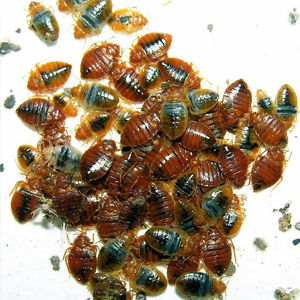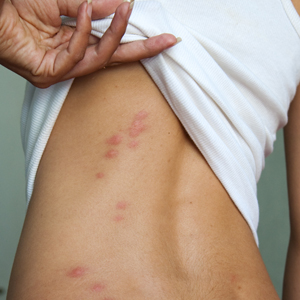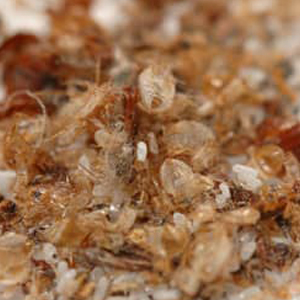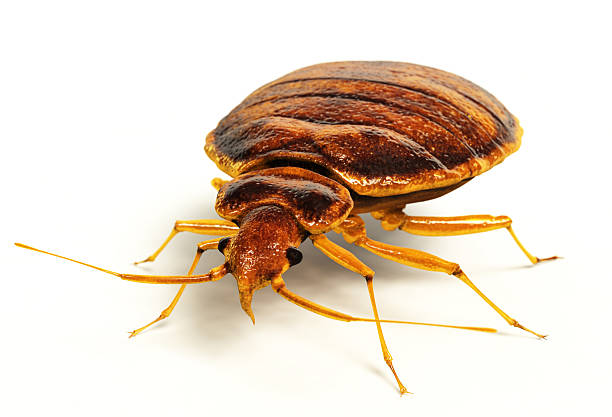Pest Library
BED BUGS
Bed bugs have largely been thought of as being a problem of the past. Unfortunately, we are now experiencing a widespread recurrence of bed bugs in the United States and abroad. The most significant factor that explains their return is the increase in international travel. Bed bugs easily get into clothing or luggage and are brought home. Even the finest hotels are not immune.



Bed bugs travel by hitchhiking. They will hide in suitcases, boxes and shoes to be near a food supply. They are elusive, nocturnal creatures. They can hide behind baseboards and in cracks, crevices, and folded areas of beds, bedding and adjacent furniture, especially mattresses and box springs. Bed bugs usually come out at night for a meal of blood. However, they are opportunistic insects and feed during the day, especially in heavily-infested areas. Bed bugs usually require 5-10 minutes to engorge with blood. After feeding, they move to secluded places and hide for 5-10 days. During this time in the bed bug life cycle, they do not feed but instead digest their meal, mate, and lay eggs.
Ants often enter a home through cracks around windows or doors, but they can find numerous entrances to your home or building. Once inside, the growing ant colony can become a problem quickly, as ants mature from juveniles to adults within a matter of days.
Although bed bugs can dine on any warm-blooded animal, they primarily dine on humans. Bed bugs do not transmit diseases, but their bites can become red, itchy welts. Antihistamines and corticosteroids may be given to help relieve the itching. Approximately 50% of Bed Bug victims do not show any evidence of bites.
Species Info

Bed Bugs
Bed bugs (picture on the left) likely get their name from their habit of feeding on humans while they sleep in their beds. They are found in virtually every place people tend to gather, including residences, hotels, schools, offices, retail stores and even public transportation..
Appearance
- Length: Adults are 1/4 inch long. Nymphs range from 1.3 mm to 4-5 mm.
- Color:Unfed adults are mahogany; engorged bed bugs are red-brown. Nymphs are nearly colorless.
- Shape:Flat, broad oval when unfed; swollen and elongated when fed.
- Legs: 6
- Antennae: yes